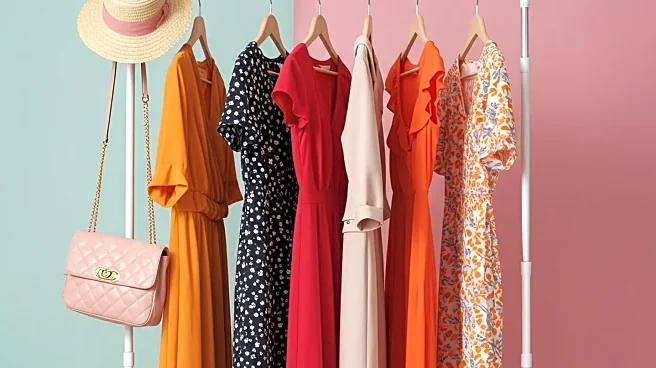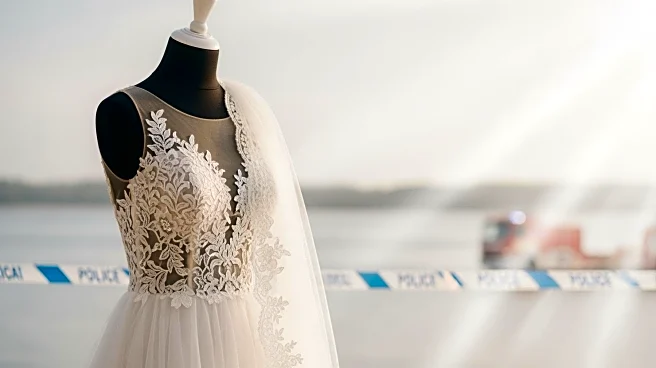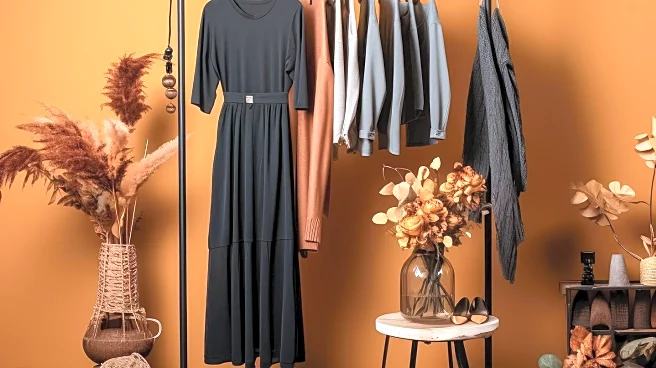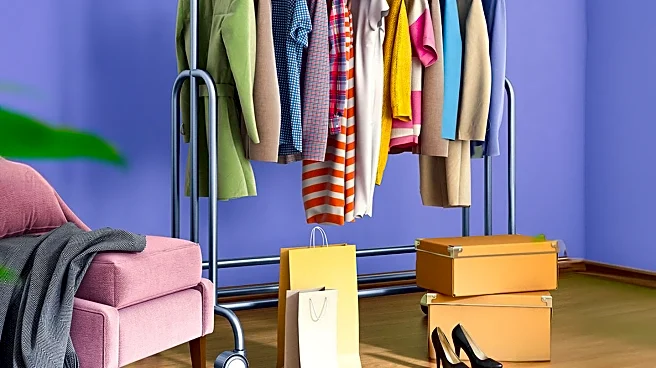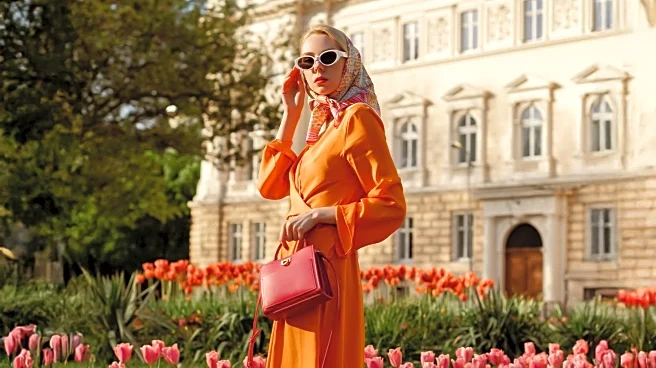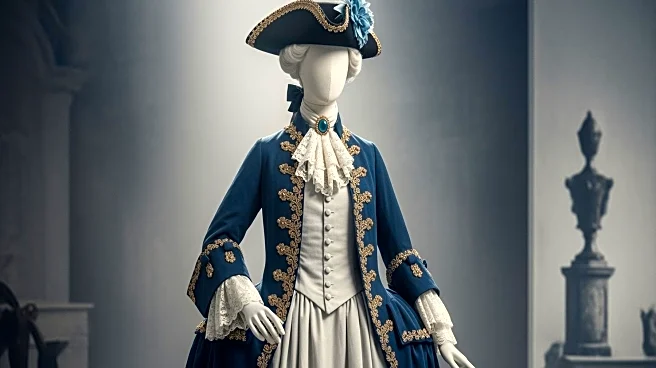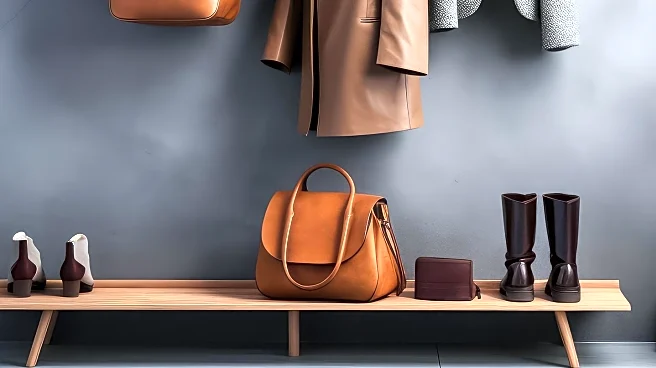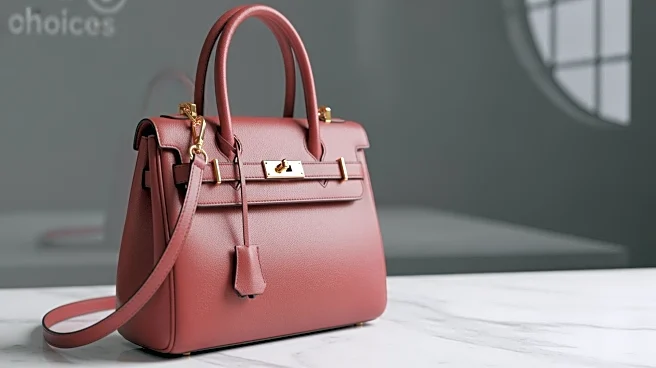What's Happening?
The fashion industry is experiencing a significant shift as 14 designers debut their collections as newly appointed creative directors for major fashion houses. This change has led to the emergence of
ten key trends for the Spring/Summer 2026 season. These trends include the use of feathers, ruffles, floral patterns, and vibrant colors such as yellow and orange. Designers are also experimenting with silhouettes, notably shortening jackets to modernize classic suit looks. The season is marked by a blend of historic influences and contemporary styles, with designers drawing inspiration from 18th-century courtly silhouettes and lingerie-inspired fashion. The collections showcase a variety of textures and movements, with fringe and feather materials playing a central role.
Why It's Important?
The unveiling of these trends signifies a new era in the fashion industry, driven by fresh creative leadership. This shift could influence consumer preferences and retail strategies, as brands adapt to the evolving tastes and styles. The emphasis on vibrant colors and textures may lead to increased demand for bold and innovative designs, impacting production and marketing strategies. The focus on historic and lingerie-inspired elements reflects a broader cultural trend towards nostalgia and sensuality, potentially affecting fashion advertising and branding. As designers redefine silhouettes and materials, the industry may see a shift towards more sustainable and versatile fashion choices, influencing both high-end and fast fashion markets.
What's Next?
As these trends gain traction, fashion houses and retailers are likely to adjust their collections and marketing strategies to align with consumer interest. The debut collections of new creative directors will be closely watched for their impact on brand identity and market positioning. Fashion weeks and industry events will continue to showcase these trends, providing platforms for designers to innovate and collaborate. Retailers may focus on promoting these key trends through targeted campaigns and collaborations with influencers. The industry will also monitor consumer feedback and sales data to refine future collections and anticipate emerging trends.
Beyond the Headlines
The introduction of these trends highlights the fashion industry's ongoing evolution and its ability to blend historical influences with modern aesthetics. This fusion may lead to discussions on cultural appropriation and the ethical implications of drawing from diverse historical periods. The focus on vibrant colors and textures could spark conversations about the environmental impact of dyeing processes and material sourcing. As designers explore new silhouettes and materials, the industry may face challenges related to sustainability and ethical production practices. These developments could prompt fashion brands to adopt more transparent and responsible business models.
